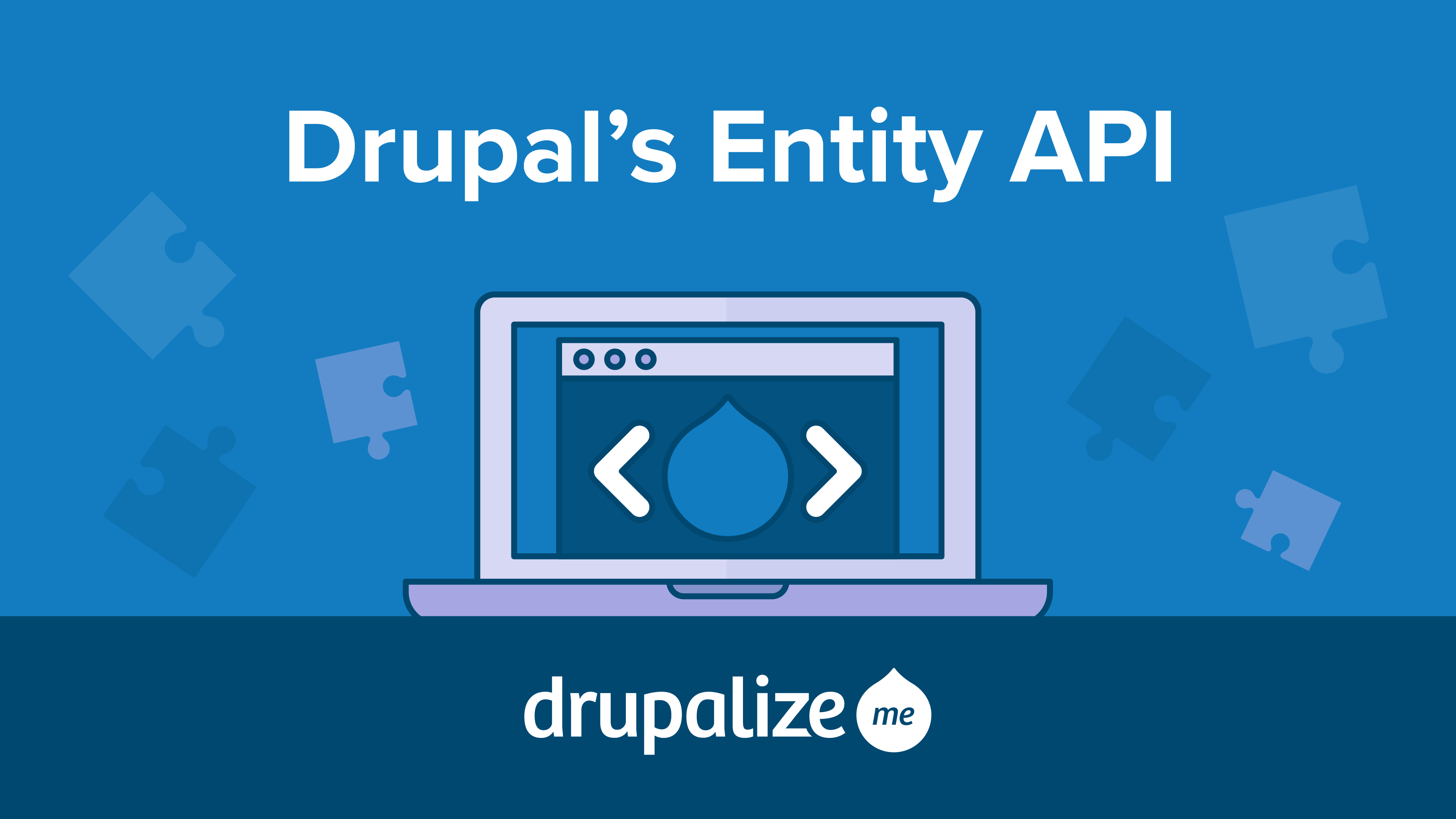
Drupal 9, the latest iteration of this powerful content management system, brings a slew of changes and improvements, including a more robust and object-oriented entity API. This blog post aims to shed light on the hook_ENTITY_TYPE_presave hook in Drupal 9, which allows you to perform actions just before an entity is saved.
What is hook_ENTITY_TYPE_presave?
In previous versions of Drupal (e.g., Drupal 7), we had the hook_entity_presave hook for performing actions before entities were saved. However, Drupal 8 and 9 have adopted a more structured approach to managing entities. Instead of a global hook, they provide entity-specific hooks.
hook_ENTITY_TYPE_presave is one of these entity-specific hooks, where ENTITY_TYPE represents the type of entity (e.g., node, user, taxonomy_term) that you want to work with.
How to Use hook_ENTITY_TYPE_presave
To use the hook_ENTITY_TYPE_presave hook, follow these steps:
Create a Custom Module:
If you haven't already, create a custom module for your Drupal site. You can use the Drupal Console or Drush to generate a module scaffold.
Implement the Hook:
In your custom module's .module file, implement the hook_ENTITY_TYPE_presave hook for the entity type you're interested in. For example, to target the node entity, you would create a function like this:
/** * Implements hook_ENTITY_TYPE_presave() for node entities. */ function YOUR_MODULE_node_presave(NodeInterface $node) { // Your custom logic here. // $node is the entity being saved, and you can modify its properties. }
Replace YOUR_MODULE with your module's machine name and node with the appropriate entity type.
Custom Logic:
Inside the function, you can access and manipulate the entity's properties as needed. This is the ideal place for actions such as data validation, updating fields, or setting values before the entity is saved.
Clear the Cache:
After implementing or modifying hooks, always clear Drupal's cache to ensure your changes are recognized.
Conclusion:
The hook_ENTITY_TYPE_presave hook in Drupal 9 allows developers to intervene in the entity-saving process, executing custom logic just before the entity is persisted to the database. This can be immensely useful for a wide range of tasks, from validation to complex data transformations.
In the world of Drupal 9, embracing the object-oriented entity API and its entity-specific hooks is essential for efficient and clean code. Understanding how to use hooks like hook_ENTITY_TYPE_presave is a vital skill for any Drupal developer.
Whether you're building a new site or maintaining an existing one, this hook provides a powerful way to customize the entity saving process and tailor Drupal to your specific needs.
Further Reading:
Add new comment